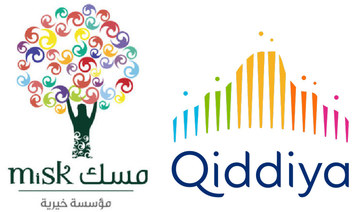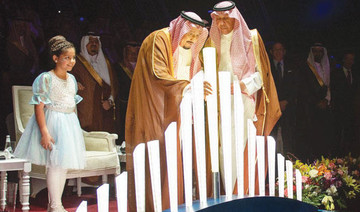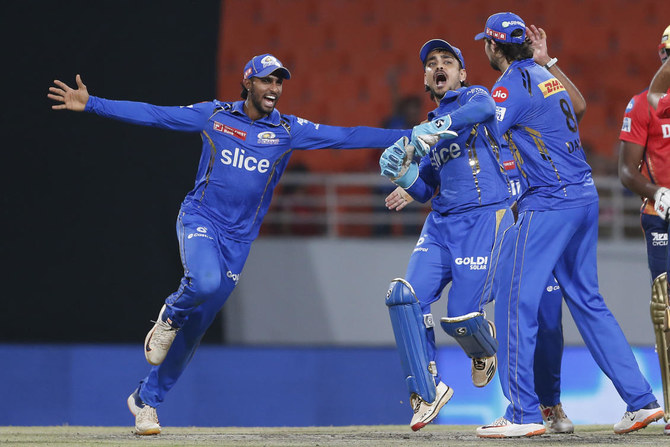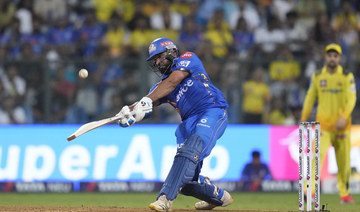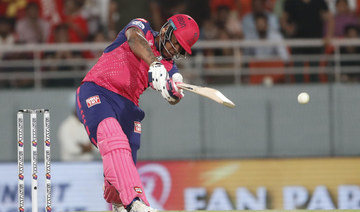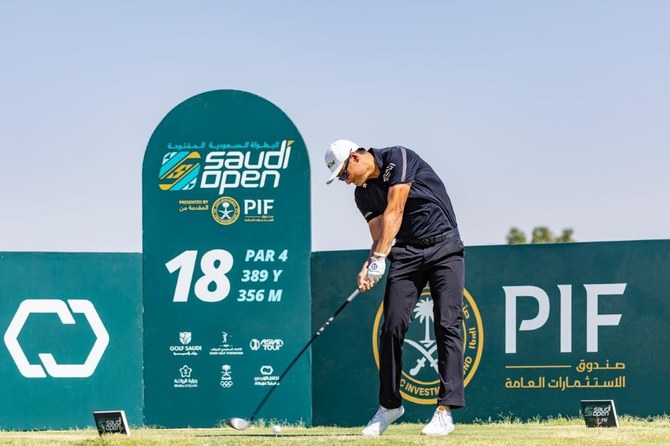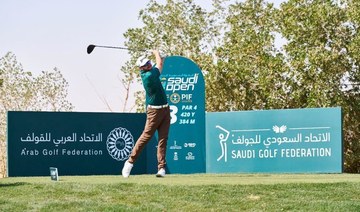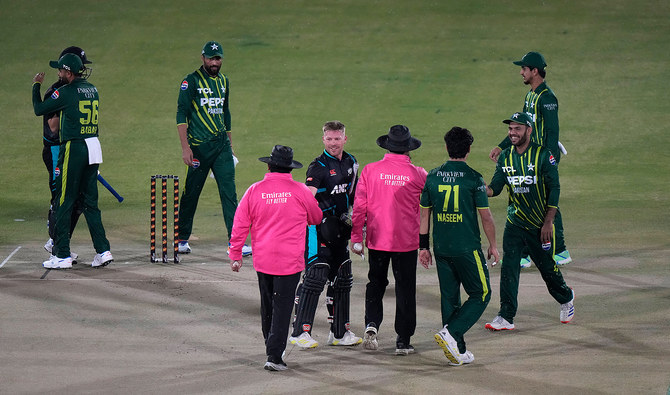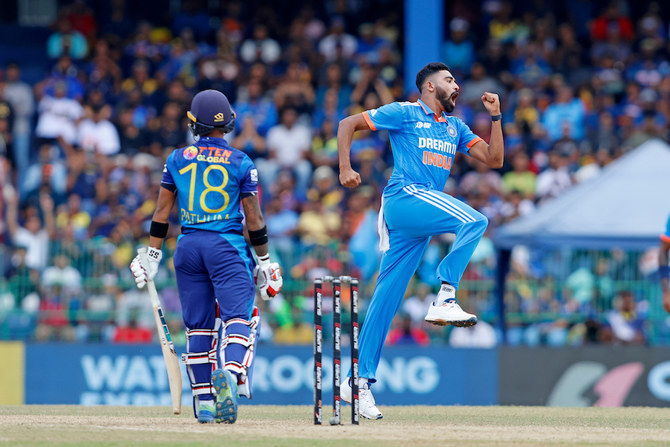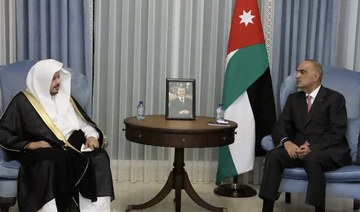RIYADH: If you want to learn about sports in a country, you would look into the dynamics between government and private entities that shape the sports scene. In Saudi Arabia, in addition to the General Sports Authority (GSA), Qiddiya — one of the Kingdom’s Giga-projects — is another entity developing many sectors in line with the Vision 2030 reform plan, including sports.
In an exclusive interview with Arab News, Almamoun Alshingiti, executive director of sports, explained the various Qiddiya-led initiatives that are working hand in hand with other governmental sectors to improve sports in Saudi Arabia, offering additional opportunities to citizens and residents.
At what stage is Qiddiya now with regards to offering sports facilities and opportunities to the community?
Qiddiya will open its doors to the public in the last quarter of 2022, with a wide array of sports and modern facilities. We are building facilities and programs that will cater to all participants, from people who want to take part in recreational sports, to developmental programs and elite athlete training facilities, along with all related infrastructure. Qiddiya is approaching sports development in Saudi Arabia with a strategic long-term vision by exploring ways to empower youth and aspiring talent to transform hobbies into elite athletic pursuits. Recognizing room for improvement in sports career tracks in the Kingdom, Qiddiya aims to deepen society’s understanding of, and appreciation for, fitness and wellness. As such, we are currently designing extracurricular, academic and sports development offerings that target all relevant age and stakeholder groups with the community’s needs in mind.
What makes Qiddiya different in what it offers from other sports stakeholders?
Qiddiya is a catalyst for national sports transformation, mandated to complement local stakeholders and promote various sports in over 20 facilities, allowing visitors to Qiddiya to practice more than 150 sports. What differentiates Qiddiya from others is the breadth of sports coupled with the development factor that seeks to promote physical activity, sports for recreation, events and competitions. Additionally, Qiddiya will take into account cultural and personal sensitivities while allowing women the space to explore their interest in a variety of sports, some of which were commercially unavailable to the public in previous years.
How does Qiddiya cooperate with the GSA and other sports stakeholders in the country?
Qiddiya is keen to work with all stakeholders at different levels to ensure programs offered are in line with global best practices to benefit Saudi society. To date, Qiddiya has engaged with the GSA, the Olympic committee and sports federations in dialogue on how best to address market gaps and needs. Workshops have been designed to enhance discussion on best practices in sports training, scholarship development and elite sports development. The GSA and other stakeholders are key partners as Qiddiya examines how to engage the whole country in increased levels of participation in sports and fitness initiatives. Qiddiya also engages with other stakeholders like the Ministry of Education on larger programs to be launched soon.
How does Qiddiya plan to create sports opportunities for people with special needs?
We are working on creating specific programs that cater to both athletes and hobbyists with special needs, and we will also ensure that we offer intensive programs that suit their tastes and requirements at all levels. Those with special needs will find a home at Qiddiya’s sporting facilities, which will be carefully designed to accommodate different levels of skill and physical ability.
What challenges does the Qiddiya sports project face?
Qiddiya hopes to be the glue that binds stakeholders together by offering the space, network and infrastructure needed to make all work as one. We will strive to streamline operations among all relevant stakeholders, and Qiddiya will capitalize on this to push forward initiatives that directly work to fulfil Vision 2030 directives, such as increasing the activity rate among Saudi citizens and residents, and placing the Kingdom among leaders in selected sports regionally and globally. Fostering cooperation among sports bodies at the national level is an objective in which all sports stakeholders are invested as part of Vision 2030, and Qiddiya aims to lead the charge.
How do you plan to reinforce the academic, entertainment and professional side of sports at Qiddiya?
Qiddiya will host all types of sporting events for spectators, and deliver events in which the public can participate as well. It is envisioned that Qiddiya will regularly attract sports enthusiasts and athletes — who currently have few other centralized spaces in which to watch or participate in sports — thereby making it the hub of sports excellence nationwide. For Saudi citizens seeking to explore a career in sports, we will offer numerous professional development programs that will train and prepare the next generation of practitioners to uphold this booming industry. Thousands of jobs will be created at Qiddiya for sports professionals and support staff. Constantly changing offerings will also ensure that the entertainment side of Qiddiya’s sports sphere will consistently engage the public to come back for more.
Will Qiddiya also showcase modern sports such as extreme sports and e-sports, or just traditional sports?
Qiddiya will offer a wide array of sports, including extreme sports, motorsports, air sports, Olympic sports and e-sports to provide all activities for customers’ interests. Blending traditional sports offerings with modern sports is what will make Qiddiya an incubator of sports development while sending a message that Qiddiya is for all practitioners, no matter their age, level or experience. Building the appropriate facilities to accommodate this wide variety of sports reflects Qiddiya’s commitment to acting as the Kingdom’s premier sports service provider, and Qiddiya will be on the cutting edge of highlighting the best that a healthy, vibrant sports ecosystem in Saudi Arabia has to offer, from extreme thrills to time-honored pursuits.




